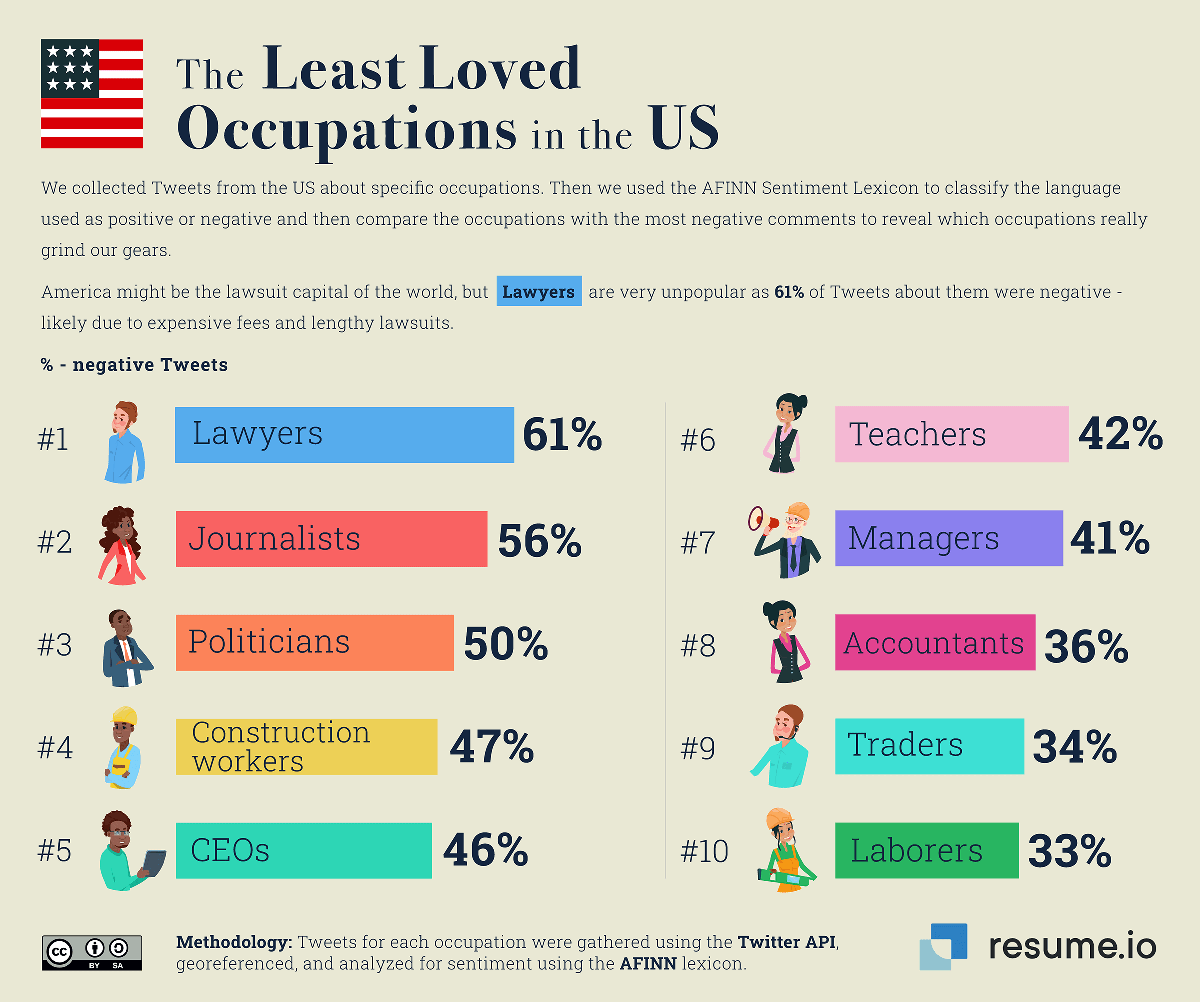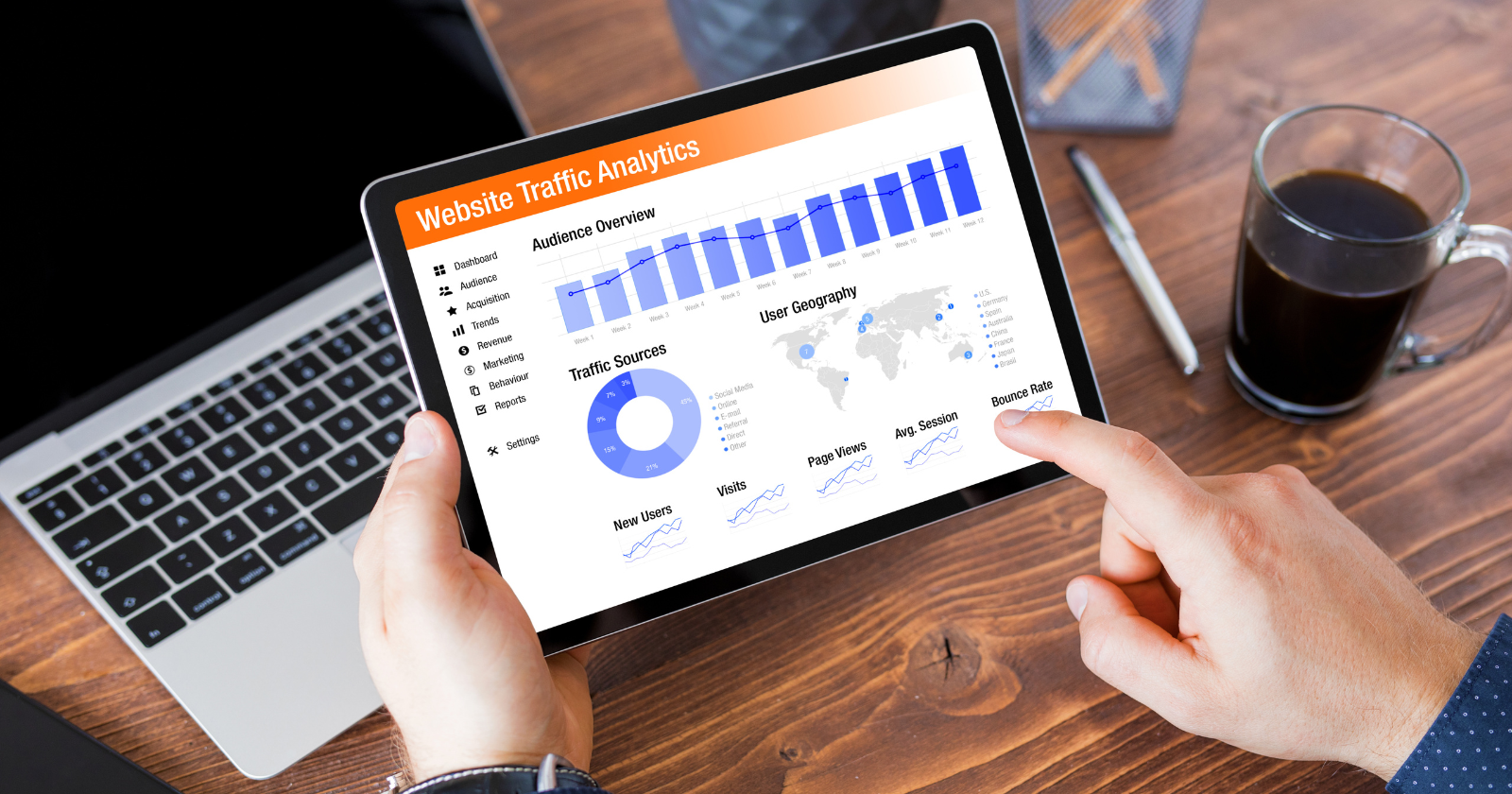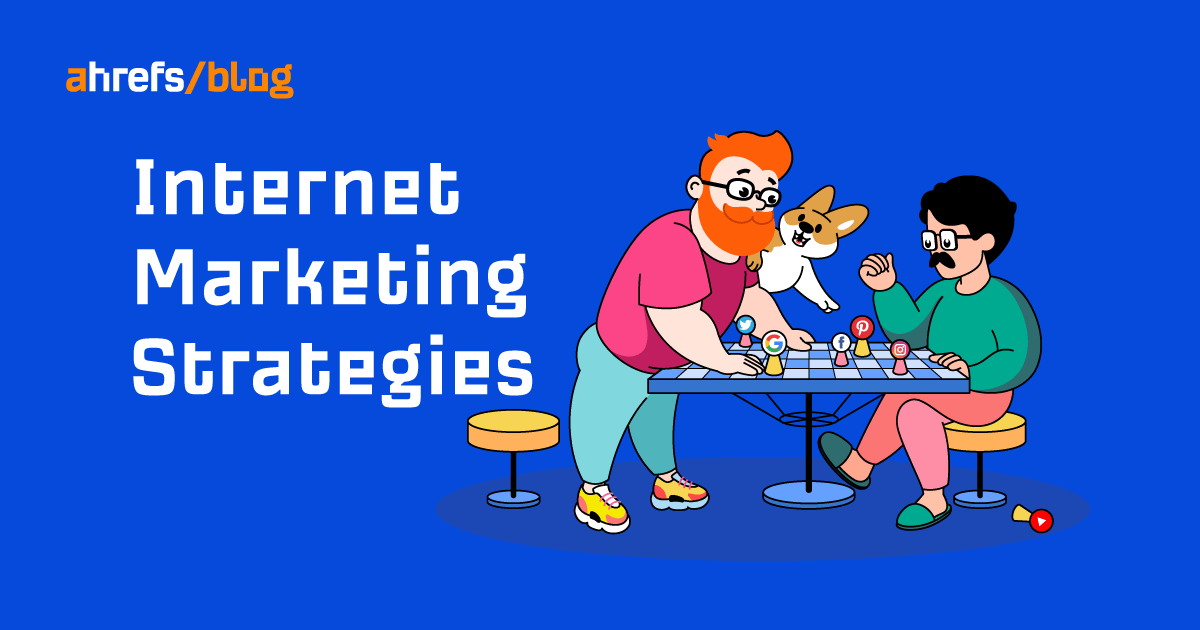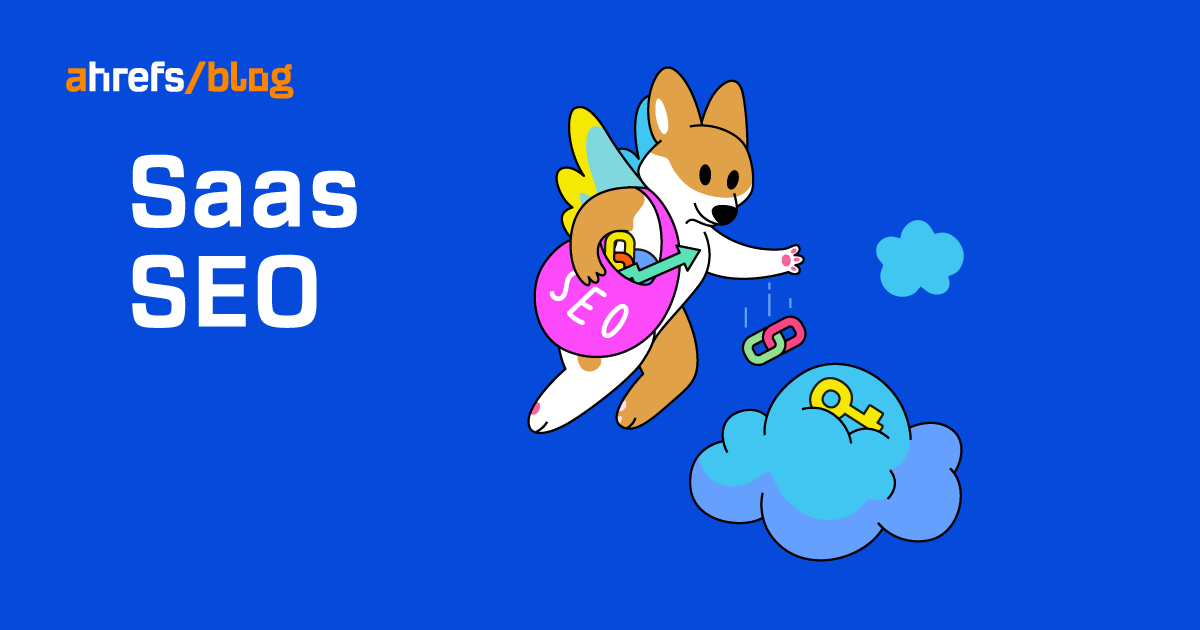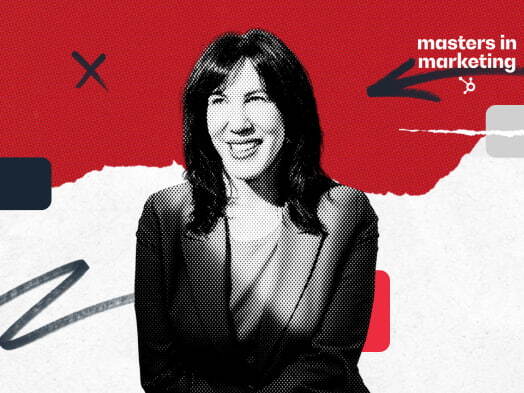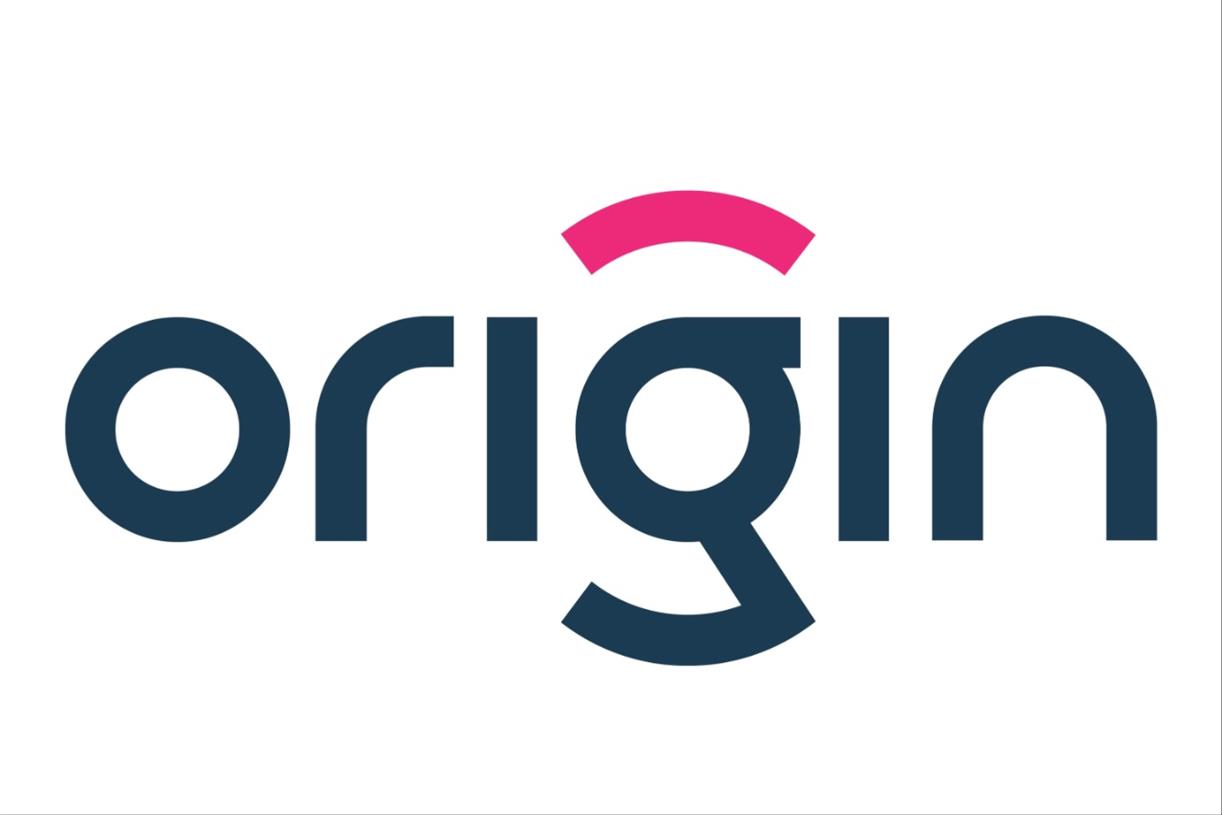Ecommerce Conversion Optimization: A Comprehensive Guide
What if I told you you could double down on your Ecommerce sales without increasing your traffic significantly? Yes. That can be a reality for your business if you pay more attention to Ecommerce conversion optimization. Let’s face the...

What if I told you you could double down on your Ecommerce sales without increasing your traffic significantly?
Yes. That can be a reality for your business if you pay more attention to Ecommerce conversion optimization.
Let’s face the truth. Despite the industry benchmarks, several businesses aim for a 3% conversion rate, which means even a 1% increase in conversions can have a massive impact on your ROI and overall business growth.
There’s no denying that increasing traffic for your Ecommerce store is necessary in the long run. However, tapping into opportunities in hand can be more beneficial to quickly open up your revenue pipelines rather than a fresh traffic hunt.
That’s exactly what Ecommerce CRO does. It focuses on redefining every touch point in the customer journey to ensure positive user experience and turn the table in your favor.
Let’s delve into it right away.
What is Ecommerce CRO?
Ecommerce Conversion Rate Optimization or CRO in short, denotes the process of optimizing your Ecommerce website to move your visitors down your sales funnel by prompting them to perform specific actions.
This can be anything, from encouraging users to sign-up for a subscription to driving purchase decisions.
Irrespective of the specific end goal of a particular Ecommerce SEO campaign, CRO focuses on enhancing user experience every step of the way. Why?
When your website loads instantly and is easy to navigate, your visitors are likely to spend more time on your website and interact with it.
The key objectives of Ecommerce conversion optimization includes using a simple and frictionless website design, making the website mobile-friendly, building customer trust and creating engaging product descriptions that make way for an improved user experience.
What is a Good Ecommerce Conversion Rate?
Now you know that CRO focuses on fetching a good conversion rate for your online business. But what numbers really take you to the win line in terms of conversions?
A good Ecommerce conversion rate typically ranges from 2.5 to 3%. However, this can vary from one industry to the other. For example a business focusing on a broad niche like skincare will have a bigger market than another business targeting a more specific niche market like organic skincare. This can significantly influence conversions.
Aiming to achieve a conversion rate beyond your industry’s conversion rate baseline and crafting an effective conversion rate optimization strategy can help you take your business to the next level.
How to Calculate Ecommerce Conversion Rate
Keeping track of your conversion rate allows you to understand the effectiveness of your CRO campaigns and tweak your strategy if necessary.
Here’s the formula to calculate Ecommerce conversion rates.
(Number of Conversions / Total Visitors) × 100.
For example, if you get 1000 visitors and 50 out of them convert, you will calculate the conversion rate as below.
(50/1000) X 100 = 5%
So, the conversion rate here is 5%.
Metrics Influencing Ecommerce Conversion Rate
The conversion rate of your online business can be impacted by the following factors.
Bounce Rate: Bounce rate is the percentage of visitors who abruptly leave your page as soon as they view your content. A high bounce rate signals poor user engagement and can affect your site’s conversions. Exit Rate: Exit rate measures where visitors exit your site. It helps identify areas of improvement on your website. Click-Through Rate: Click-through rate measures how often people click through to land on your web page. Average Session Duration: Average session duration denotes how long users dwell on your site. The longer the dwell time, the higher the chances of conversion. Pages Per Session: Pages per session is the number of pages on your site a user views in a single visit.Tips to Optimize Ecommerce Conversion Rates
Check out and implement the best practices below for effective Ecommerce conversion optimization.
Use High-Quality Images and Videos
Product-based images and videos are an integral part of Ecommerce websites, especially because they can influence users’ purchase decisions.
Make sure you use high-quality demo videos and images with zoom features to allow the buyers to view your products clearly. Product images with a 360-degree view can be an added advantage.
This will help you translate a visitor into a customer. That’s precisely what you want for your business.
Write Clear Product Descriptions
Clear and concise product descriptions give your potential customers the details they need in connection with the products they explore on your site.
A well-crafted product description highlights key features, benefits, and specific uses of the product.
Leverage the product description section to give users transparency into the specifications of your products and highlight your unique selling points.
Add Recommended Products
Creating a personalized shopping experience is a good way to accelerate conversions for your Ecommerce store.
Provide personalized product recommendations based on the user’s browsing history or previous purchases to tell your customers that you care about their needs.
Apart from triggering conversions, a tailored shopping experience can encourage users to add more relevant and high-value products to their carts. This can increase the average order value and bring more revenue to your business.
Add Customer Reviews and Testimonials
Customer reviews and testimonials can provide social proof and act as a trust factor for your online business.
Featuring reviews from previous buyers on specific product or category pages allows your new customers to get a better idea about the quality and longevity of your products.
Positive reviews naturally drive more purchases. On the other hand, addressing negative reviews responsibly and offering potential solutions can showcase the genuineness of your business to your customers.
Ensure Faster Page Loading and Easy Navigation
As I mentioned earlier, your website design plays a major role in making or breaking your conversion rates. Make sure that you opt for a simple and attractive page layout that bolsters faster page loading.
A well-structured site can improve the overall user experience and help reduce bounce rates considerably. Ensure that your website has a simple structure that supports easy navigation.
Also, add a search functionality so that your users can quickly locate the products they are looking for in a hassle-free way.
Optimize Checkout Page
Do you know that 70% of buyers abandon their online shopping carts? That means only 3 out of 10 customers complete the buyer’s journey.
A complicated and time-consuming checkout process is one of the leading causes for cart abandonment. That said, optimizing your checkout page becomes paramount to stop customers from leaving your site without making a purchase.
Consider cutting down on the number of steps involved in the checkout process,offer multiple payment options and enable guest checkout for quicker order placement. This can help streamline the checkout process and improve Ecommerce conversion rates.
Build an Email List for Personalized Offers
Creating an email list is an effective way to keep in touch with your customers and send them personalized promotions from time to time.
Launch well-targeted email campaigns with special offers, product recommendations and exclusive discounts to earn your customers’ confidence and encourage repeat purchases.
Use CTA Buttons Aptly
Appropriate placement of your call-to-action buttons can have a positive impact on Ecommerce conversion rates.
When positioned aptly, CTA buttons can guide users toward taking specific actions, such as adding items to their cart or wish list or signing up for your newsletter.
Include actionable words in your CTAs. For example, a Buy Now button will be more effective than another button saying “Click here to buy”.
Plus, use contrasting colors for your CTAs to make them easily visible so that they can attract more clicks.
Optimize Your Website for Mobile Devices
According to a recent study, the market value of m-commerce is projected to hit 710 billion USD in 2025, from 604 billion USD in 2024. With the mobile commerce curve steadily going up, you need to make sure that your Ecommerce website is mobile-friendly.
When it comes to optimizing your website for mobile users, ensure that you focus on multiple areas, such as having a responsive design, fast-loading pages, easy-to-read fonts and easy-to-tap buttons.
It is an added perk if you have a dedicated mobile app for your Ecommerce business.
Leverage A/B Testing
A/B testing is one of the most effective Ecommerce conversion rate optimization techniques.
Test different variants of heading tags, layouts, images, CTA buttons and more to check which version works better and upgrade your website accordingly.
Perform A/B testing from time to time to fine-tune your website so that it can magnetize more clicks and get more conversions.
Offer a Safe Shopping Experience
Letting your customers know that your Ecommerce store is a safe space can help build credibility and impact your site’s conversion rate positively.
Data security is the need of the hour for today’s online users, especially shoppers. Install an SSL certificate to ensure a safe browsing experience for your visitors.
Also, ensure that you leverage recognized payment gateways to accept online payments so that the buyers don’t hesitate to share sensitive personal information like credit card or debit card information before purchase.
Retarget Users with Abandoned Carts
Customers who abandon their carts are likely to complete their purchases with a small push in the right direction.
Initiate retargeting email or ad campaigns to recapture their attention and try to translate them into your customers.
As these prospects are just a step away from converting into profitable sales, offering an exclusive discount can lure them to go back to their carts and wrap up the purchase.
This strategy comes in handy to recover lost sales and boost your business ROI.
Integrate Live Chat
A live chat feature integrated with your Ecommerce website can open doors for you to answer questions and address your customers’ problems in real-time.
While AI chatbots can solve basic issues and are great for off-hours, manual interaction can help eliminate customer pain points more effectively and drive better results
Use Pop-Ups in the Right Place at the Right Time
Well-timed pop-up notifications can help grab the attention of your visitors and complement conversions considerably.
For example, an entry-level pop-up, which appears when a new user lands on your website, can help entice new customers by featuring an instant welcome discount or offering free shipping on the first order.
On the other hand, exit-intent pop-ups, which show up when a user is just about to exit your site, can help prevent cart abandonment by reminding shoppers to make use of special offers and discount coupons.
Besides timing, the placement of pop-ups also plays a vital role in triggering your Ecommerce conversion rate.
While it is a good idea to use pop-ups for CRO, you also need to make sure that they aren’t overwhelming and don’t hinder users from accessing the page’s main content. Otherwise, it may lead to a bad user experience and have an adverse effect on your conversion rate.
Have a Genuine Return and Replacement Policy
A customer-friendly return and replacement policy tells your customers that you are committed to addressing their concerns even after purchase completion.
Knowing that they can easily return or exchange a product if needed can push the shoppers to buy what you sell. Again, this can accelerate conversions for your online business.
Make sure that you don’t compromise on the product quality. This way, you can bring down the need for return and replacement.
Targeted Ecommerce conversion optimization can help unlock the potential of every interaction your potential customers have with your brand.
Carefully implement each step we’ve covered in this checklist to create a seamless online shopping experience that converts.
Remember, you should always be open to refinements to your CRO strategy to align with the changing trends in the Ecommerce industry. That’s how you can maintain the winning streak in terms of conversions.

 UsenB
UsenB 







